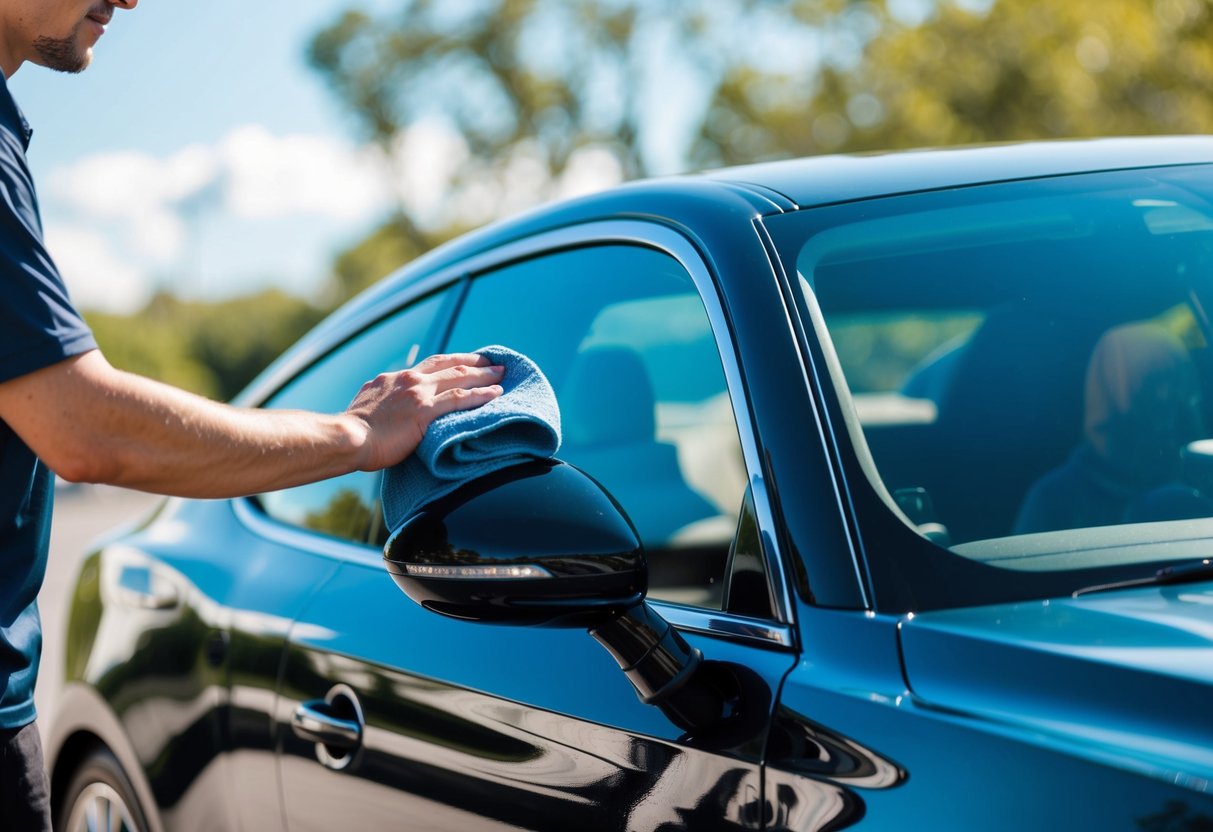Mastering the Art of Hand Washing Your Car: Techniques for a Spotless Exterior
Drying Your Car

Drying your car correctly prevents water spots and ensures a streak-free shine. Utilizing the right materials and techniques is essential for achieving optimal results.
Avoiding Water Spots
Water spots can form when water droplets dry on the car’s surface, leaving behind minerals and impurities. It’s crucial to dry the car as soon as possible after washing to prevent these spots. Parking the car in a shaded area reduces the risk of rapid water evaporation, which contributes to water spots.
Using a sheeting method during the rinse can help. Direct a gentle stream of water over the surface, encouraging most of the water to slide off. This technique minimizes excess water before drying, making the process more effective and faster.
Using Microfiber Towels
Microfiber towels are ideal for drying cars due to their absorbency and soft texture, which reduces the risk of scratches and swirl marks. It’s recommended to use a clean, dry microfiber towel to gently pat or wipe the surface, absorbing remaining moisture. Having multiple towels on hand allows for a more efficient process.
Starting from the top and working downwards ensures that any excess water flows towards areas that are yet to be dried. Regularly switching to a dry section of the towel enhances absorption and prevents streaking. Additionally, microfiber towels are durable and can be washed and reused, making them a cost-effective solution for car maintenance.
Detailing for a Finished Look

Achieving a flawless car finish requires attention to glass and metal surfaces. While the car body may shine, polished windows and metal add that extra touch of elegance. Knowing the right techniques ensures that every part of the vehicle gleams.
Glass Cleaning Techniques
Cleaning car windows properly is important for visibility and aesthetics. Choosing a quality glass cleaner is the first step. It’s best to spray the cleaner directly onto a microfiber cloth rather than the glass to prevent streaks. Applying the cleaner in small circular motions ensures that dirt and smudges are removed efficiently.
Paying attention to the edges where grime tends to accumulate can make a big difference. Properly drying the glass with a fresh, dry microfiber cloth is essential to avoid water spots. For tinted windows, ensure the cleaner used is safe for tints to prevent damage. These steps help in achieving clear, streak-free glass surfaces on the car.
Polishing Metal Surfaces
For metal trims like chrome or aluminum, polishing is key to restoring shine. Begin by selecting a metal polish suitable for the specific type of metal on the car. Applying a small amount on a soft cloth, work the polish into the metal using circular motions. This helps remove oxidation and surface imperfections.
It’s important to use a clean section of the cloth for buffing, ensuring the metal surface shines without residue. Reaching into intricate metal detailing with a smaller cloth piece can further enhance the finished look. Repeated polishing at regular intervals keeps metal surfaces looking vibrant and new, completing the car’s distinguished appearance.



